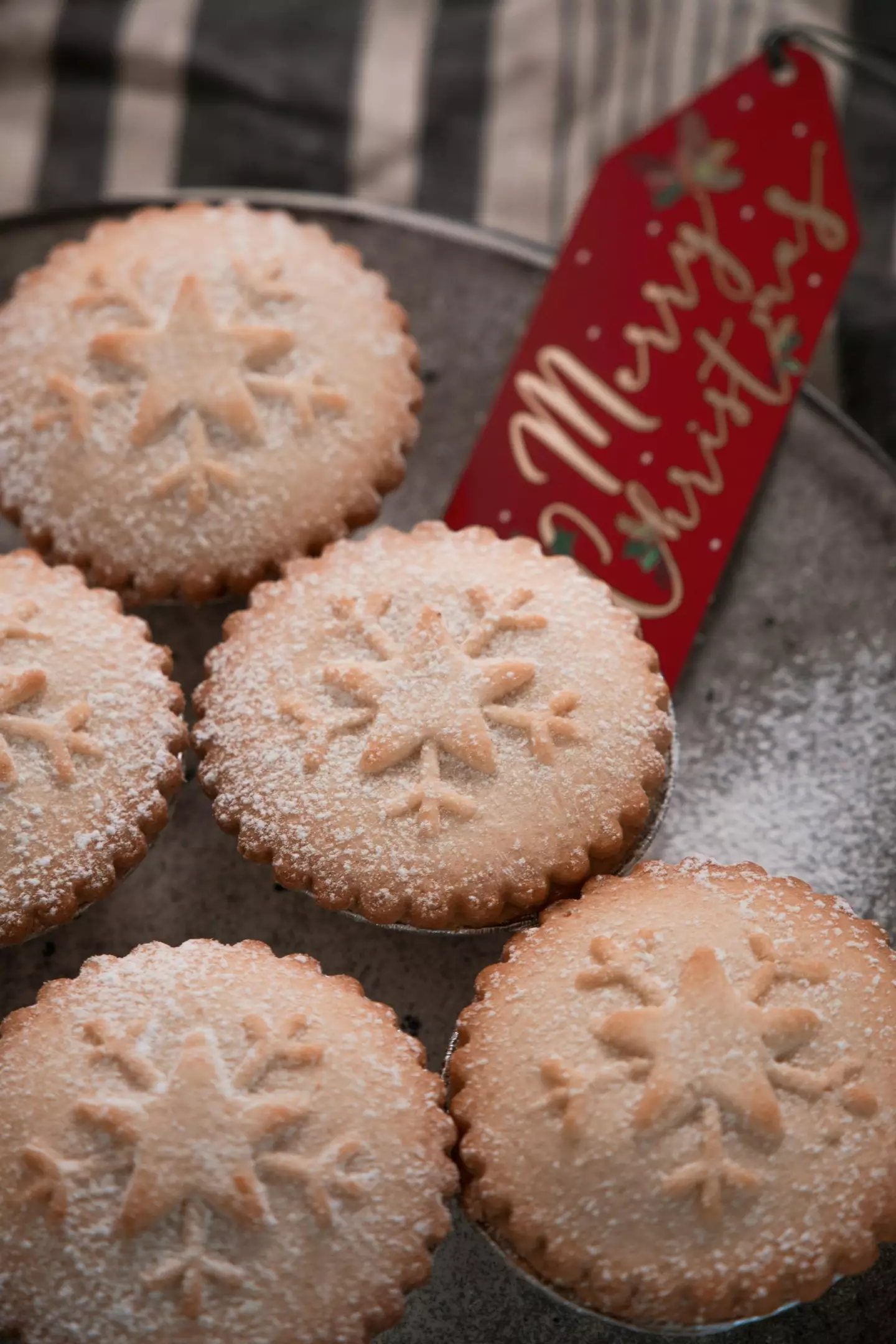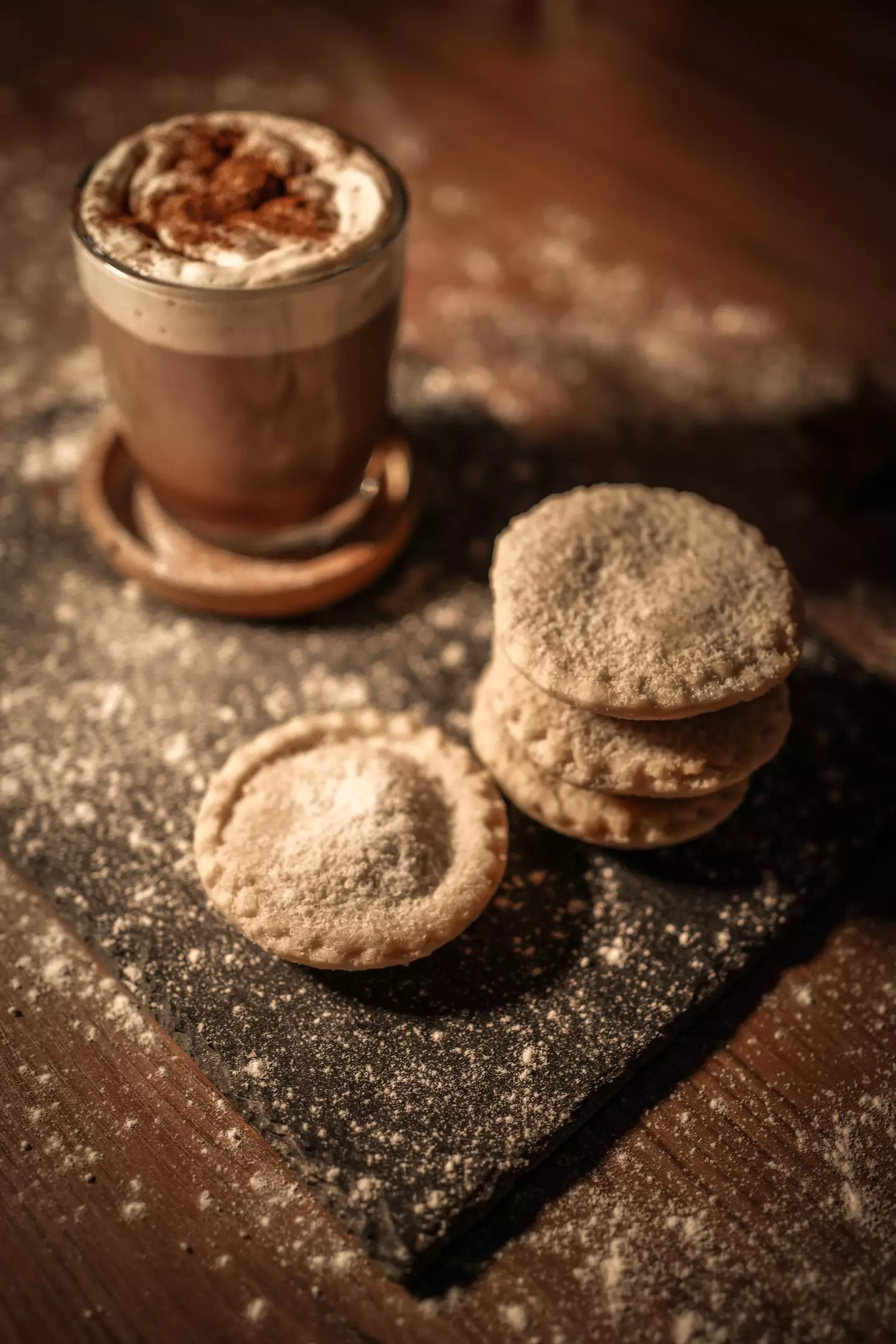
When you think of festive food, is it a succulent turkey crown or a classic panettone that comes to mind?
For many, nothing says Christmas like a flaming pudding and a lick of brandy butter. But for others, it's traditional, deep-filled mince pies that just scream Yuletide.
You’ll often find that this staple sweet treat is filled with a moreish mixture of dried fruit and spices. This is more commonly known as ‘mincemeat’.
Advert
Less traditional pies will be packed with rum and frangipane or even feature a chocolate orange twist.
However, have you ever wondered why the pies are named after meat? And why there isn’t actually any mince included in the ingredients?

Well, way back in Tudor times, mince pies were originally stuffed with minced meat, suet, and various dried fruits.
Advert
It’s said that the savoury treat was made up of 13 ingredients to represent Jesus and his 12 disciples.
At the time, they were also oblong in shape and pretty large.
Unfortunately, the pies were later banned by Oliver Cromwell due to being associated with Christmas.
Following the death of the former English statesman, residents in England began baking and making these delectable treats again.
Advert
In The Forme of Cury - the oldest recorded English cookbook - mince pies were referred to as ‘tarts of flesh’ and featured the ingredients of boiled pork and stewed poultry.
However, towards the end of the Victorian era, sugar from the West Indies became more available to the common folk.
So, to satisfy the country's new-found sweet tooth, meat was soon dropped from the pies and replaced solely with fruit and spices.
The classic oblong mince pies were also switched for a smaller round shape.
Advert
It’s said that this circular snack was supposed to represent the crib of Jesus, while the fillings would represent the gifts the Three Wise Men bestowed upon him.
So, to honour its savoury roots, the modern mince pie has kept its name in tribute.
If you are a firm fan of picky Christmas bits, then you may be interested to hear that the British food trend is taking over the table this festive season.

According to a group of culinary experts, 77 percent of 2,000 interviewed adults would love to see a snack smorgasbord become a Christmas tradition.
Advert
A study, carried out by Sainsbury’s and Just Eat, has found that 59 percent of people would rather tuck into a ‘picky tea’ ahead of opening presents.
Research also found that 22 percent would prefer to indulge their food cravings than go to a festive-themed party.
Furthermore, 17 percent of people interviewed claimed that they would want mince pies to be included in their spread, while 15 percent would want mini quiche bites and chocolate.
Featured Image Credit: Getty stock imagesTopics: Food And Drink, Christmas, UK News, History
